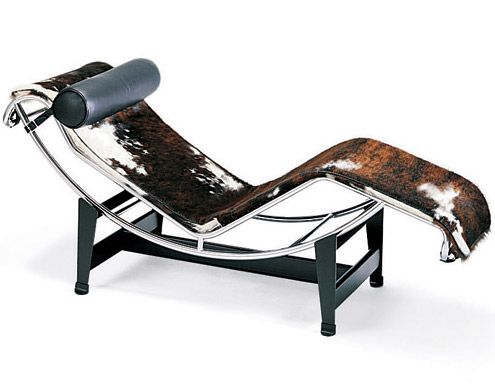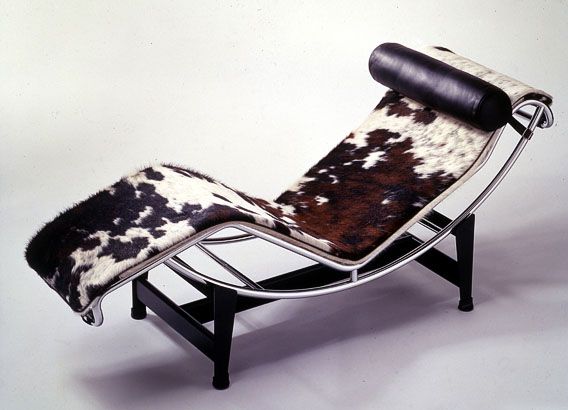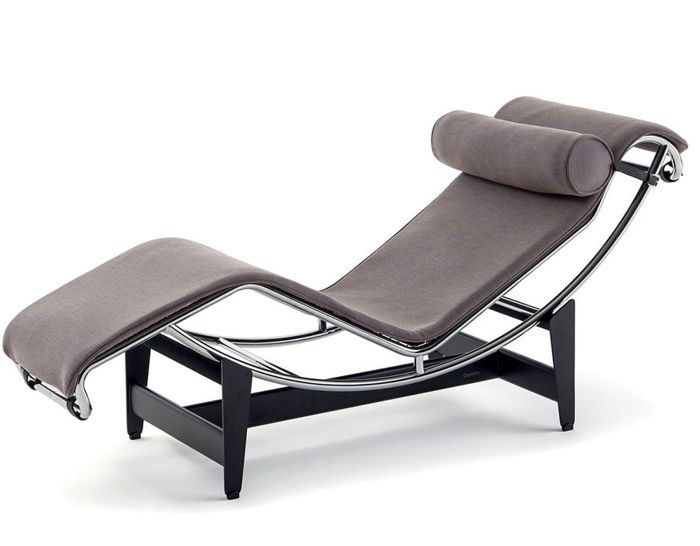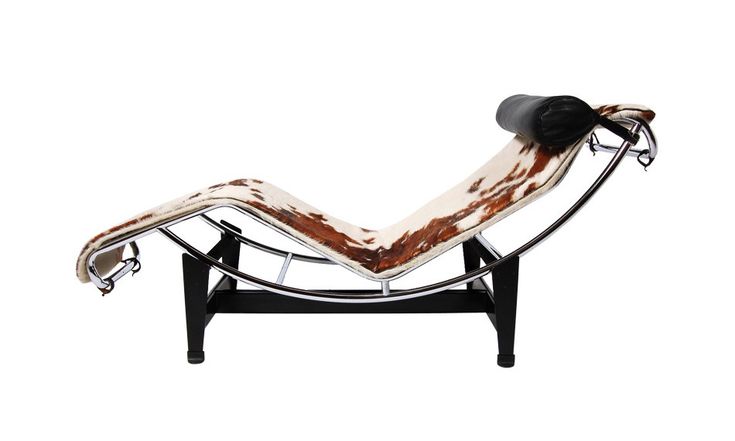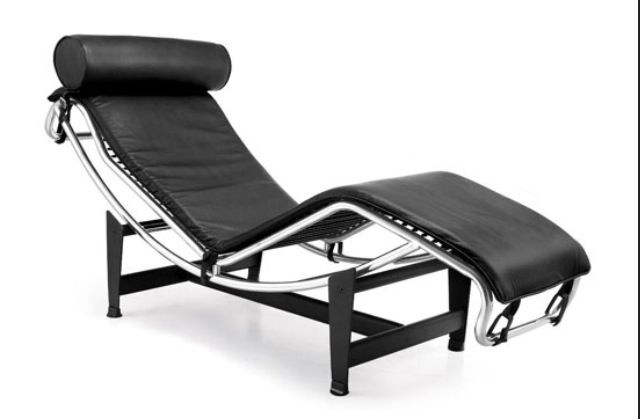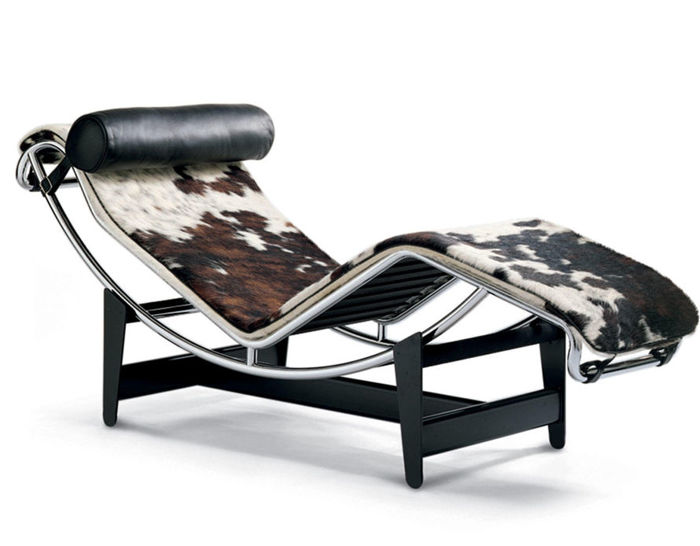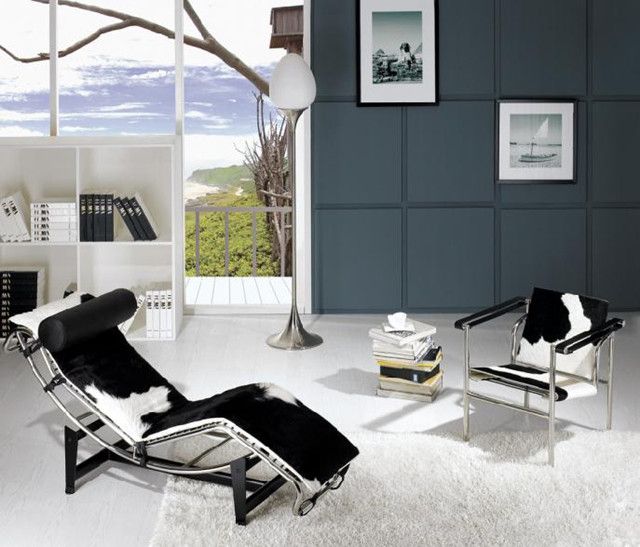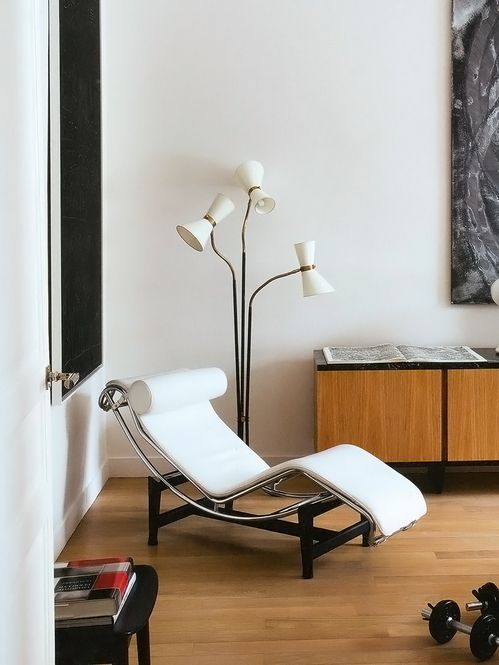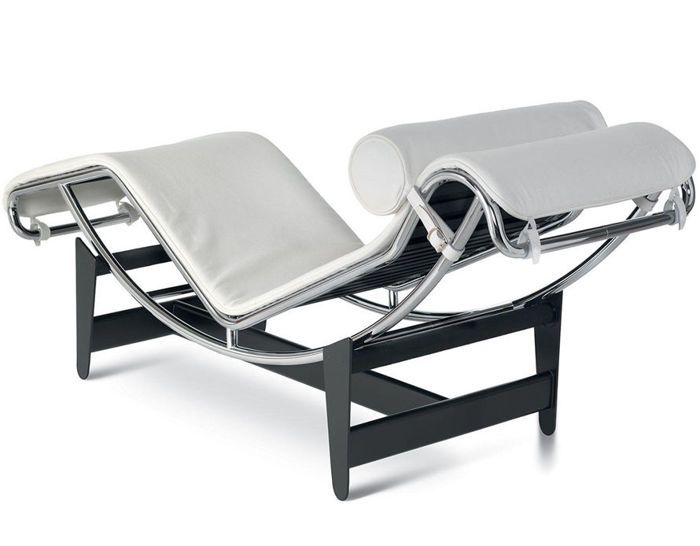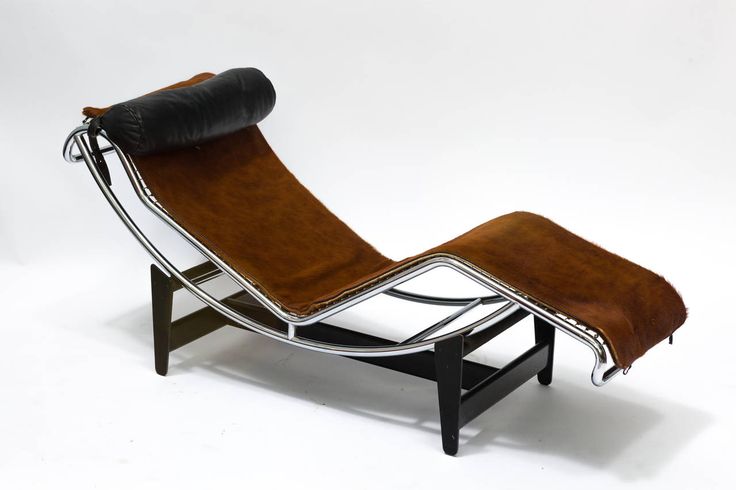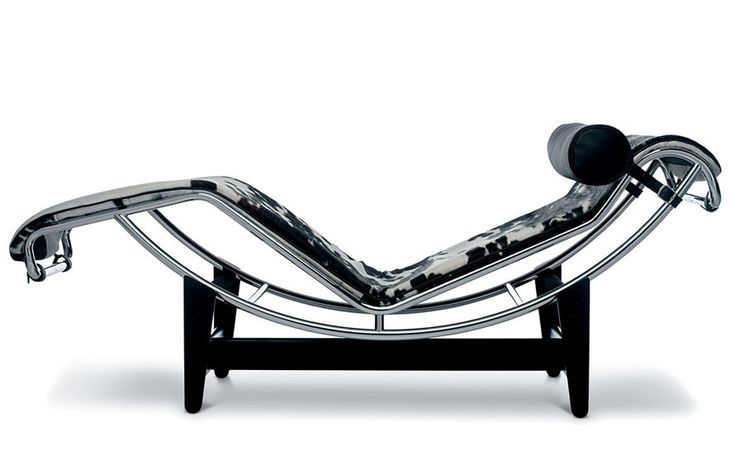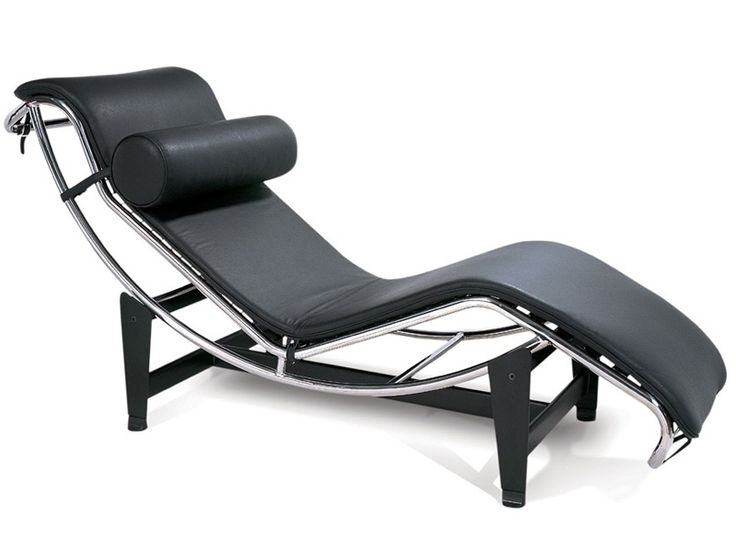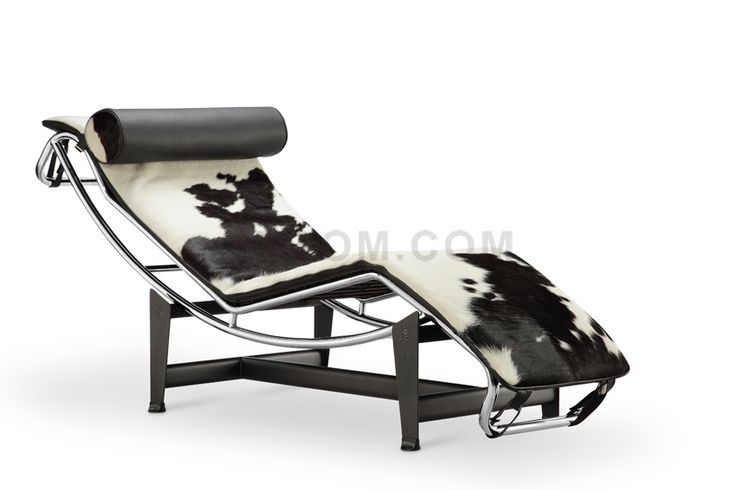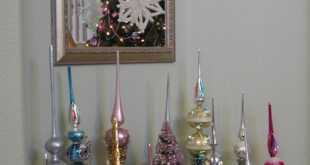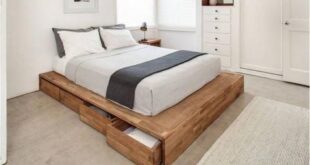The LC4 chaise longue is probably one of the most famous objects from the legendary Le Corbusier furniture collection. With its shape adapted to the curvature of the human body, the LC4 embodies Le Corbusier’s philosophy of perceiving furniture as “extensions of our limbs and adapted to human functions”.
Story
The LC4 was designed in 1928 and presented a year later at the Salon d’Automne in Paris. It comes from the furniture collection that resulted from the collaboration between Le Corbusier, Charlotte Perriand and Le Corbusier’s cousin Pierre Jeanneret. In 1928, Le Corbusier, best known as a modernist architect and urban planner influenced by Perriand, began exploring furniture design. While working on the furniture line, Le Corbusier successfully implemented his architectural philosophy of placing the needs of mankind at the center of his designs. As a result, the LC4 chaise longue is perfectly tailored to the ideas of rest and relaxation.
design
Looking at the LC4’s smooth, body-hugging curves, it’s clear why it’s been dubbed the ‘relaxation machine’. However, it not only addresses one’s own physiological needs, but also appeals to the most sublime tastes of every aesthete. The LC4 chaise longue is undoubtedly one of the symbols of modernism in the 20th century. Even today, almost nine decades after its presentation, the LC4 has neither aged nor become banal. It still looks fresh, extravagant and contemporary. The chaise longue consists of two main components: a lower, stationary base and an upper, movable base. The base consists of welded, enamelled steel plates. It is black with a matte finish. Its upper part is supported by two semicircular tubes. This allows the user to freely adjust the tilt angle of the chair. from upright to fully recumbent. The adjustable frame consists of curved, chrome-plated steel tubes, the shape of which should correspond to the curves of the human body. Numerous elastic straps running between the tubes support the thin mattress, which is strapped to the frame. The cushion, which is also attached to the frame, serves as a headrest. The mattress is made of cowhide, pony leather or beige canvas. While the cowhide and pony leather mattress comes with black leather upholstery, a canvas alternative is available with black, amber or dark brown leather upholstery. Today the chair is made in Italy by Cassina, which has an exclusive worldwide license from the Le Corbusier Foundation. It has been produced since 1965.
The overall appearance of the chaise longue is extraordinarily attractive and stylish, which is not surprising given that it is one of the objects on display in the Museum of Modern Arts. This piece of furniture is a perfect combination of amazing form and exceptional functionality. This is particularly well illustrated in Perriand’s memoirs, in which she writes: “While our chair designs were directly related to the position of the human body, they were also dictated by architectural, environmental and prestige requirements.”
